Making circuits is great fun for kids of all ages. If you have little ones play dough circuits are a great kid-friendly activity for learning about electricity. I've used these with children as young as 4 ( supervised, of course ) who have loved the creativity of the whole experience.
For older children, cardboard circuits, art bots or light up houses are great circuit science projects.
Easy Cardboard Circuits
Our cardboard circuits are made using a sheet of thick cardboard, split pins and paper clips.
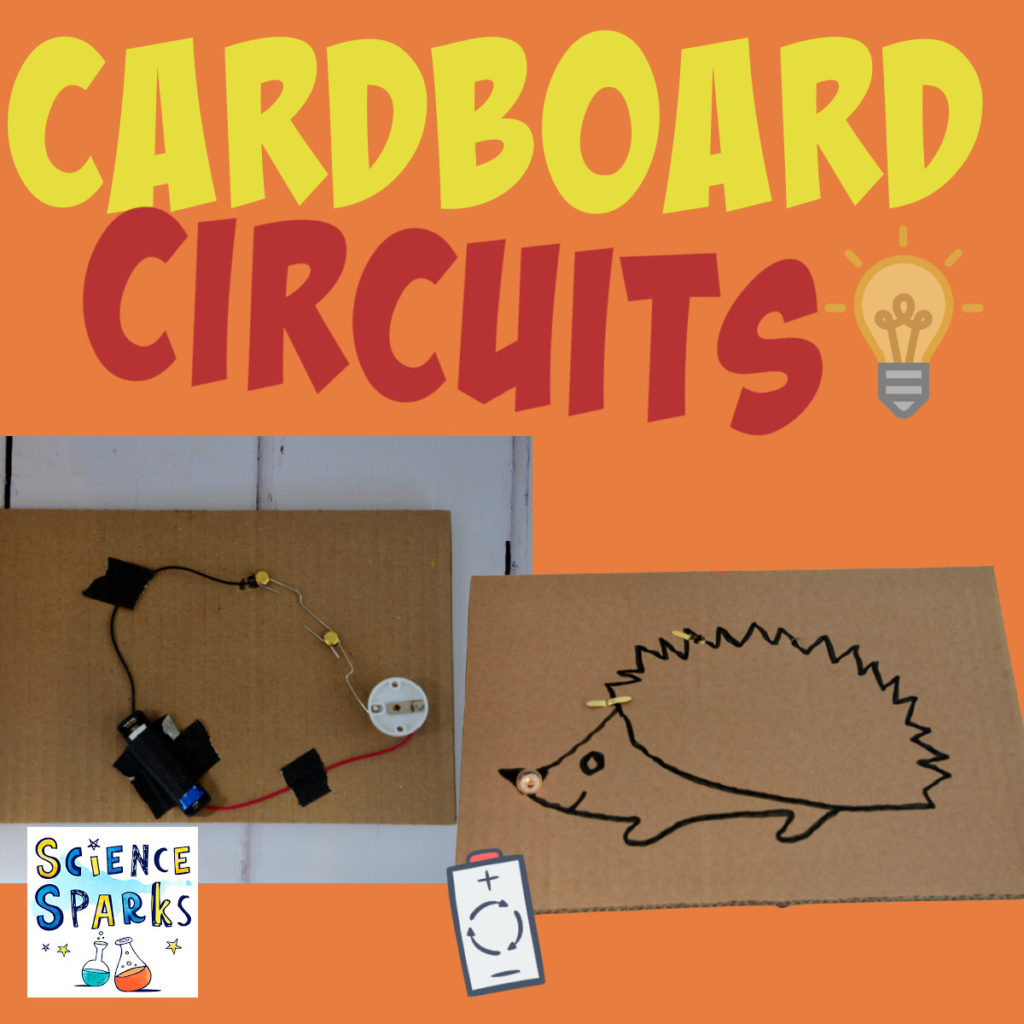
You'll need:
A thick sheet of cardboard
AA battery holder with leads
Small screw light bulb and holder
Metal paperclips
Split pins
Masking tape
Pens for decoration
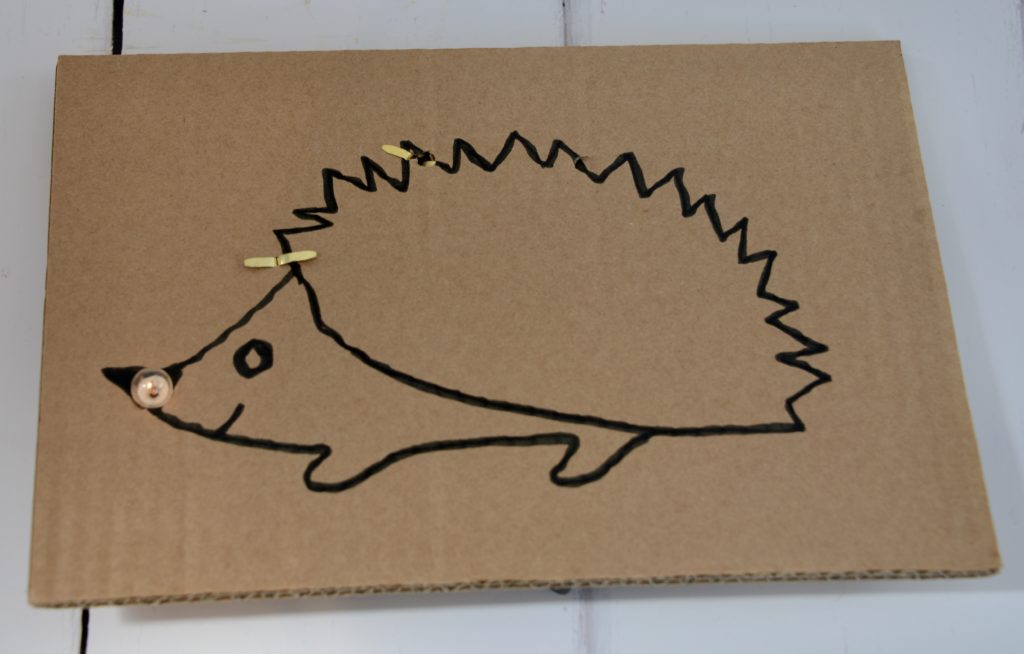
How to make a cardboard circuit
Draw a picture on one side of the cardboard.
Decide where you want the lightbulb to go and plan your circuit on the back of the sheet of card. We attached the wire from one terminal of the battery to one contact of the light bulb and a paperclip to the other contact.
I opened up the paperclips, but you can just loop them around the split pins without doing that.
Use masking tape to secure the wires.
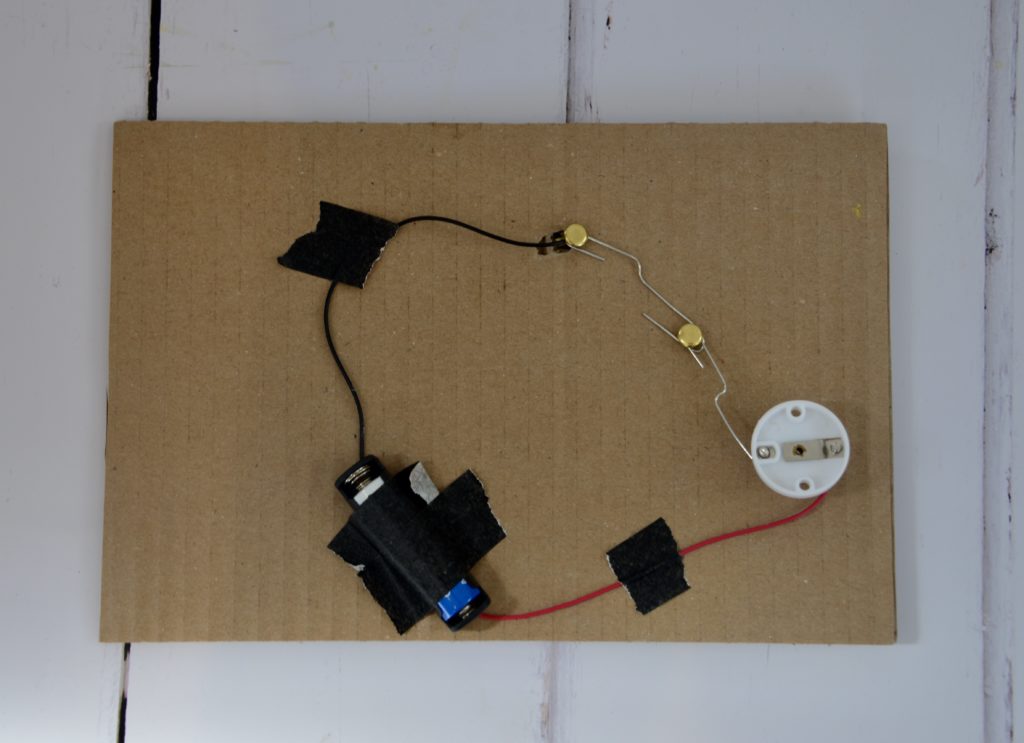
Test your circuit.
If it doesn't work, check for gaps in the circuit.
The wires, paperclips, split pins and bulb link one end of the battery to another to make a circuit.
Electricity flows around a complete circuit. If you break the circuit, the electricity can't flow and the bulb will go out.
Light switches work by completing a circuit when switched on and breaking a circuit to turn the light off.
Cardboard Circuit Challenge
Can you add a switch? Perhaps a paperclip that you can move in and out of place?
Our next task is to try using copper tape instead of paper clips and split pins.
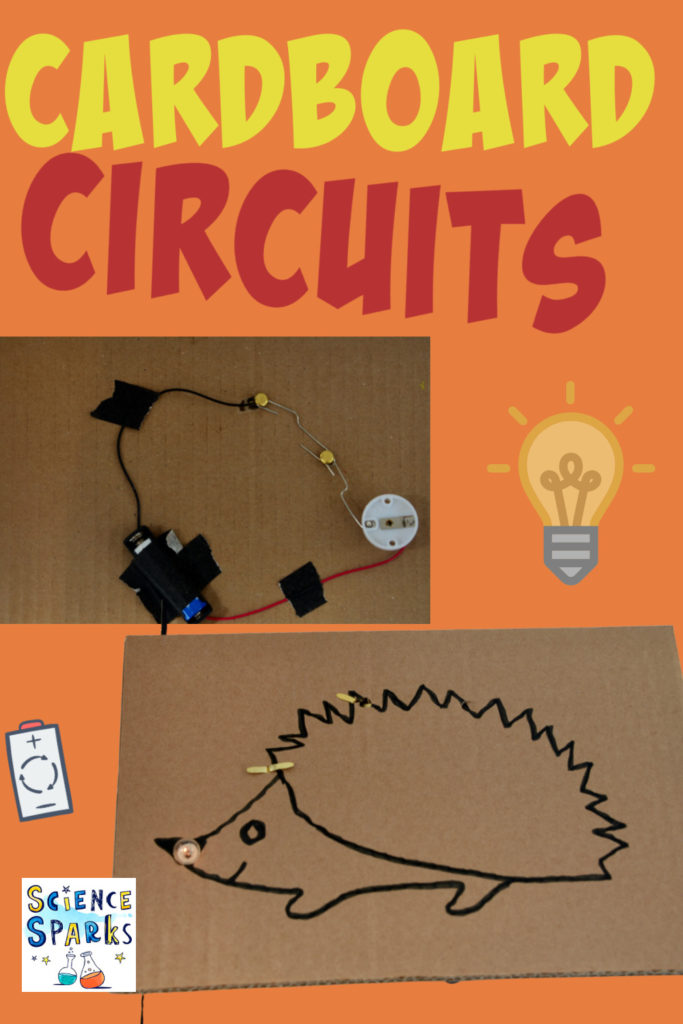
More creative circuit ideas for kids
Make an Art Bot - these are brilliant fun and something we make again and again.
This homemade torch is easy to make and can be used in lots of different ways. We made a smaller version to use as a head torch as well.
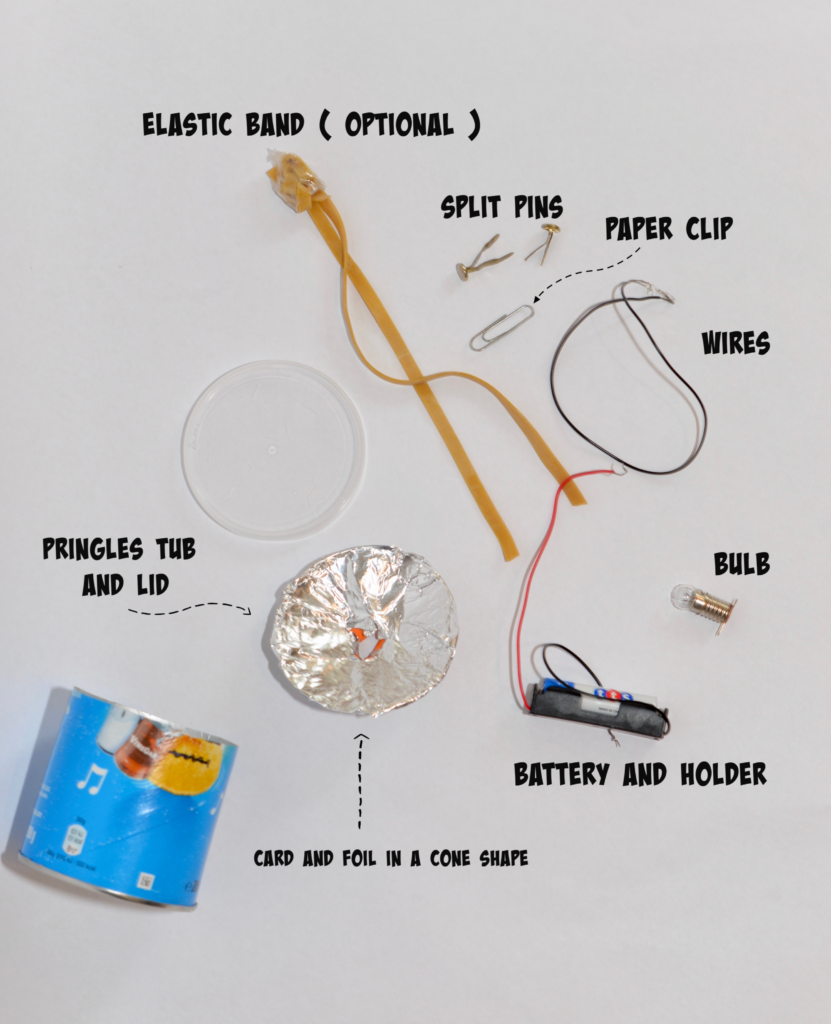
I LOVE these Harry Potter wands from STEAM Powered Family too!
Learn about static electricity with my jumping frogs!
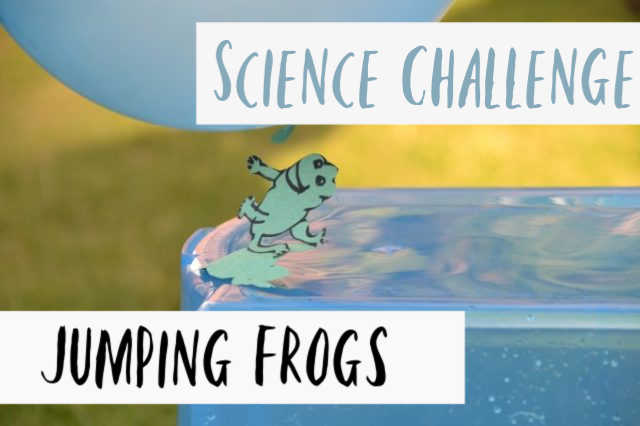
What is Electricity?
Electricity is a kind of energy. We use electrical appliances to turn electricity into other kinds of energy such as light ( lightbulbs ), heat ( electric heater, toaster or iron ) and sound ( radio ).
Most of the electricity we use at home comes from power stations that convert the energy from fossil fuels such as coal, oil, and gas into electricity.
Some power stations use renewable energy sources such as wind, sunlight, and moving water.
Electricity in the home is called mains electricity, which can be very dangerous. Electricity from a small battery like those used in toys is different and safe for this type of activity.
Electricity is not stored in a battery. It is created when the chemicals inside react with each other.
Once the chemicals have all reacted, the battery's power is used up.
What conducts electricity?
Metals are good conductors of electricity, so wires tend to be made from copper. Copper is also soft, allowing it to be stretched thin without snapping or breaking.
Wires are coated in plastic, which does not conduct electricity. This prevents people from getting electric shocks from the electricity travelling through the wires.
Last Updated on April 2, 2025 by Emma Vanstone
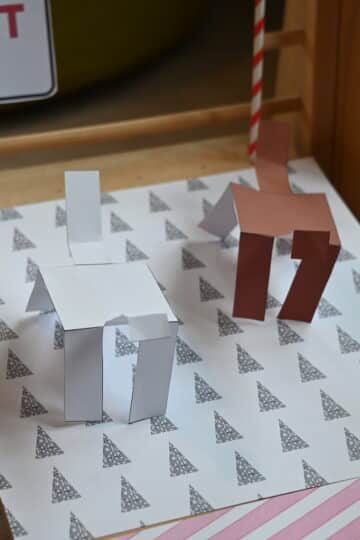



Leave a Reply